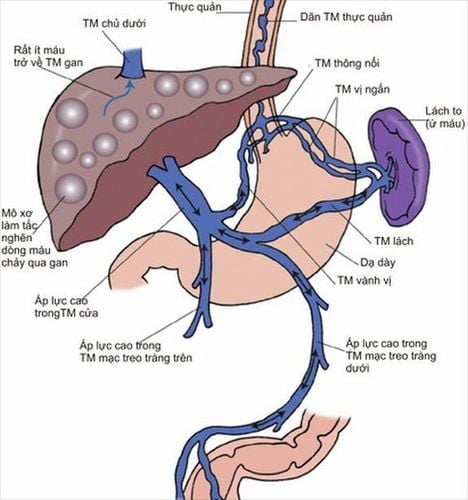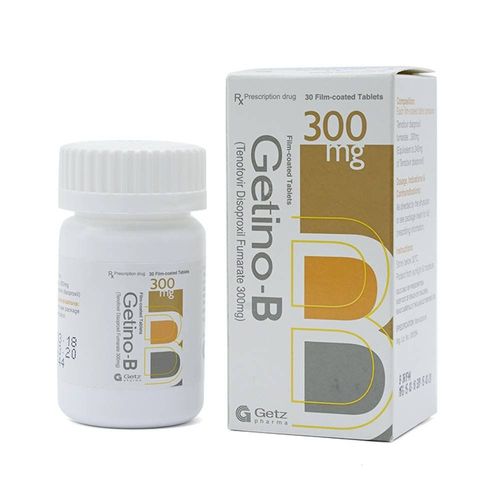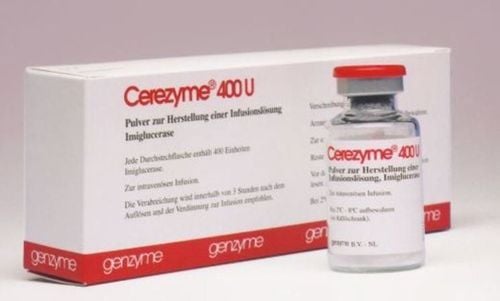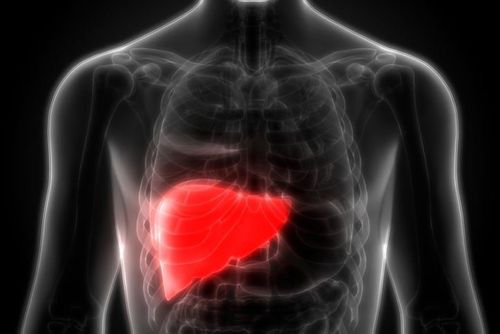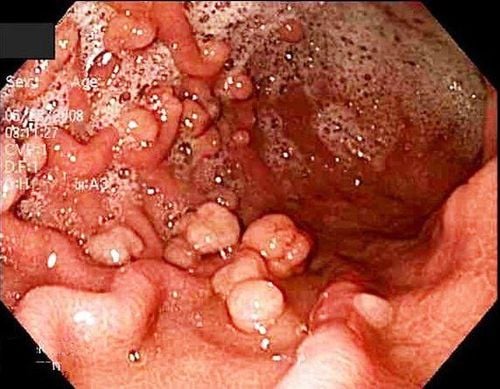This is an automatically translated article.
Gaucher disease is a rare genetic disease caused by a deficiency of an enzyme in the body that causes fat to build up in the body's organs. However, now there are drugs that help slow down the production of fat components by inhibiting their metabolism, giving patients a better chance of living.
1. What is Gaucher disease?
Gaucher is a rare genetic disease that is caused by the body not producing enough of a protein called the enzyme glucocerebrosidase, which causes fat to form too much in certain organs such as the pancreas, lungs, bones and especially the liver. and spleen. This accumulation causes organs to become larger than normal and affects their function. If fatty substances accumulate in bone tissue, it can cause osteoporosis and increase the risk of fracture or even hematological disorders.
Gaucher's disease is divided into 3 types as follows:
Type 1: This is the most common when fatty deposits cause liver, spleen enlargement, bone pain and fractures, sometimes lung or kidney problems. However, this type does not affect the brain and can occur at any age
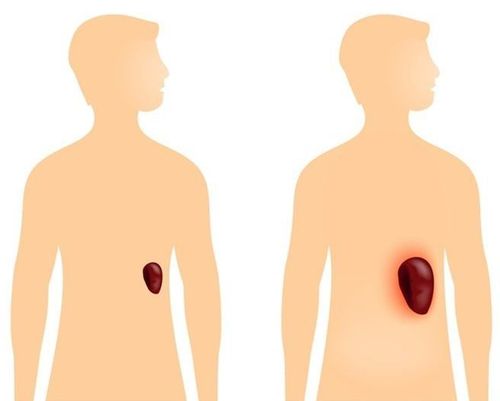
Triệu chứng thường gặp của bệnh Gaucher loại 1 là tình trạng lách to
Type 2: is the type that causes severe brain damage, which occurs in infants. Most children with the disease die by the age of 2. Type 3: is the type where the liver and spleen are enlarged and the brain is gradually affected, usually starting in children or adolescents For types 1 and 3, the option Treatment is mainly medication and enzyme replacement therapy is often very effective, but cannot be a definitive treatment for type 2 and 3 brain damage.
2. What are the manifestations of Gaucher disease?
Symptoms of Gaucher disease can vary greatly from patient to patient, even without symptoms at all. However, most people with Gaucher disease have the following symptoms:
Abdominal pain: caused by an enlarged liver and spleen Bone abnormalities: Gaucher disease can cause osteoporosis, which interferes with the blood supply to the bones, causing bone necrosis. increases the risk of broken bones. Blood disorders: a decrease in healthy red blood cells can cause symptoms such as anemia, blood clotting disorders that make patients easy to bruise, nosebleeds. In some cases, people with Gaucher disease can also affects the brain, causing abnormal eye movements, muscle stiffness, difficulty swallowing, or seizures. This is a rare form of Gaucher disease that usually begins in infancy and leads to death before age 2.

Chảy máu cam là dấu hiệu của bệnh Gaucher
3. How is Gaucher's disease treated?
Currently, there is no definitive cure for Gaucher disease, but there are a number of treatments that help control symptoms, prevent irreversible damage, and improve patients' quality of life such as:
Enzyme replacement method: replacing the missing enzymes with high-dose artificial enzymes for 2 weeks improves the symptoms of the disease. Production inhibition: Drugs such as miglustat or eliglustat have the potential to interfere with the production of fatty deposits in people with Gaucher disease but have side effects such as nausea or diarrhea. Treatment of osteoporosis: helps rebuild bone structure weakened by Gaucher disease. Bone marrow transplant: will remove and replace blood cells that have been damaged by Gaucher disease, thereby reversing many of the signs and symptoms of the disease. Splenectomy: Before there were enzyme replacement methods, splenectomy was a fairly common treatment, but is now considered a last resort.

Cấy ghép tủy xương giúp kiểm soát các triệu chứng bệnh Gaucher
Vinmec International General Hospital with a system of modern facilities, medical equipment and a team of experts and doctors with many years of experience in medical examination and treatment, patients can rest assured to visit. examination and treatment at the Hospital.
Please dial HOTLINE for more information or register for an appointment HERE. Download MyVinmec app to make appointments faster and to manage your bookings easily.





